BYD Tang vs Mercedes EQB - Differences and prices compared
Costs and Efficiency:
Price and efficiency are key factors when choosing a car – and this is often where the real differences emerge.
Mercedes EQB has a decisively advantage in terms of price – it starts at 45900 £, while the BYD Tang costs 64300 £. That’s a price difference of around 18416 £.
In terms of energy consumption, the advantage goes to the Mercedes EQB: with 15.20 kWh per 100 km, it’s decisively more efficient than the BYD Tang with 24 kWh. That’s a difference of about 8.80 kWh.
As for range, the Mercedes EQB performs barely noticeable better – achieving up to 535 km, about 5 km more than the BYD Tang.
Engine and Performance:
Under the bonnet, it becomes clear which model is tuned for sportiness and which one takes the lead when you hit the accelerator.
When it comes to engine power, the BYD Tang has a decisively edge – offering 517 HP compared to 292 HP. That’s roughly 225 HP more horsepower.
In acceleration from 0 to 100 km/h, the BYD Tang is clearly perceptible quicker – completing the sprint in 4.90 s, while the Mercedes EQB takes 6.20 s. That’s about 1.30 s faster.
In terms of top speed, the BYD Tang performs somewhat better – reaching 190 km/h, while the Mercedes EQB tops out at 160 km/h. The difference is around 30 km/h.
There’s also a difference in torque: BYD Tang pulls clearly perceptible stronger with 680 Nm compared to 520 Nm. That’s about 160 Nm difference.
Space and Everyday Use:
Cabin size, boot volume and payload all play a role in everyday practicality. Here, comfort and flexibility make the difference.
Seats: BYD Tang offers distinct more seating capacity – 7 vs 5.
In curb weight, Mercedes EQB is evident lighter – 2105 kg compared to 2630 kg. The difference is around 525 kg.
In terms of boot space, the Mercedes EQB offers clearly more room – 495 L compared to 235 L. That’s a difference of about 260 L.
In maximum load capacity, the Mercedes EQB performs hardly perceptible better – up to 1710 L, which is about 55 L more than the BYD Tang.
When it comes to payload, BYD Tang distinct takes the win – 575 kg compared to 435 kg. That’s a difference of about 140 kg.
Who comes out on top?
Overall, the BYD Tang shows itself to be shows small but notable strengths and secures the title of DriveDuel Champion.
It convinces with the more balanced overall package and proves to be the more versatile choice for everyday use.
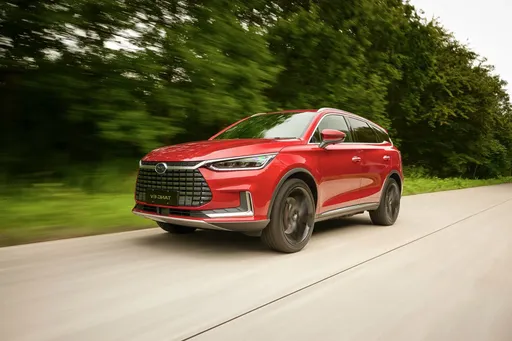 @ BYD Auto / BYD Global Media
@ BYD Auto / BYD Global Media
BYD Tang
Costs and Consumption
View detailed analysis
Engine and Performance
View detailed analysis
Dimensions and Body
View detailed analysis
BYD Tang
The BYD Tang is a bold, tech-loaded SUV that blends striking design with roomy practicality, making it equally at home on the school run and the open road. Packed with clever tech and a powertrain that mixes efficiency with eager performance, it’s a smart, value-focused pick for buyers who want electric-age comfort without the premium-brand fuss.
details @ BYD Auto / BYD Global Media
@ BYD Auto / BYD Global Media
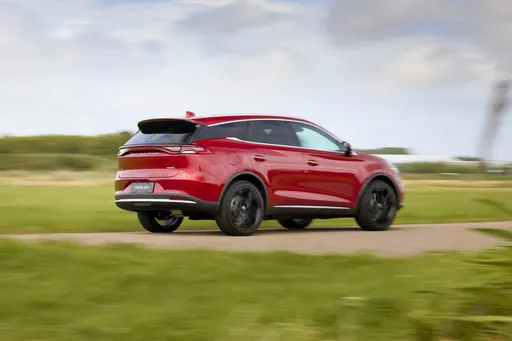 @ BYD Auto / BYD Global Media
@ BYD Auto / BYD Global Media
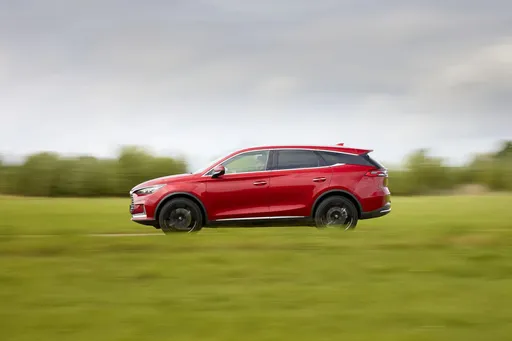 @ BYD Auto / BYD Global Media
@ BYD Auto / BYD Global Media
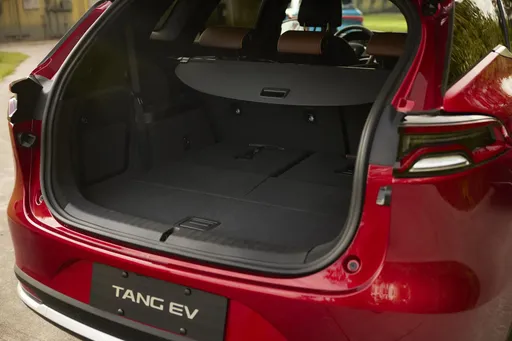 @ BYD Auto / BYD Global Media
@ BYD Auto / BYD Global Media
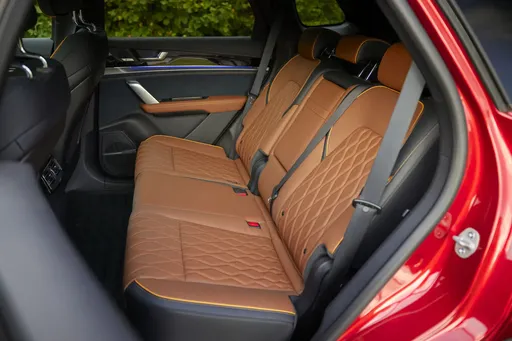 @ BYD Auto / BYD Global Media
@ BYD Auto / BYD Global Media
Mercedes EQB
The Mercedes EQB is an electric compact SUV that dresses Mercedes' premium feel in practical clothing, with flexible seating and a serene, composed ride that turns everyday errands into a small luxury. It won't thrill the enthusiast, but for buyers who want a smart, spacious and well-made EV with tasteful tech and real-world usability, the EQB is a sensible, slightly buttoned-up choice that impresses without shouting.
details @ Mercedes-Benz Group Media
@ Mercedes-Benz Group Media
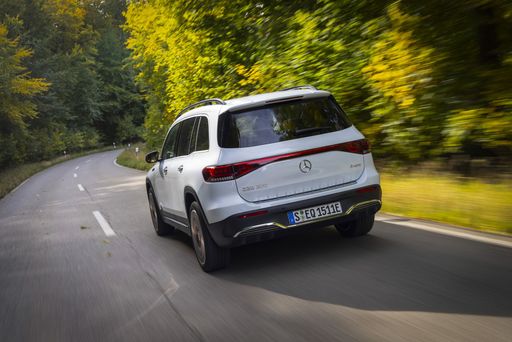 @ Mercedes-Benz Group Media
@ Mercedes-Benz Group Media
 @ Mercedes-Benz Group Media
@ Mercedes-Benz Group Media
 @ Mercedes-Benz Group Media
@ Mercedes-Benz Group Media
 @ Mercedes-Benz Group Media
@ Mercedes-Benz Group Media
 @ BYD Auto / BYD Global Media
@ BYD Auto / BYD Global Media
|
 @ Mercedes-Benz Group Media
@ Mercedes-Benz Group Media
|
|
|
|
Costs and Consumption |
|
|---|---|
|
Price
64300 £
|
Price
45900 - 58900 £
|
|
Consumption L/100km
-
|
Consumption L/100km
-
|
|
Consumption kWh/100km
24 kWh
|
Consumption kWh/100km
15.2 - 17.2 kWh
|
|
Electric Range
530 km
|
Electric Range
468 - 535 km
|
|
Battery Capacity
-
|
Battery Capacity
70.50 kWh
|
|
co2
0 g/km
|
co2
0 g/km
|
|
Fuel tank capacity
-
|
Fuel tank capacity
-
|
Dimensions and Body |
|
|---|---|
|
Body Type
SUV
|
Body Type
SUV
|
|
Seats
7
|
Seats
5
|
|
Doors
5
|
Doors
5
|
|
Curb weight
2630 kg
|
Curb weight
2105 - 2170 kg
|
|
Trunk capacity
235 L
|
Trunk capacity
495 L
|
|
Length
4970 mm
|
Length
4684 mm
|
|
Width
1955 mm
|
Width
1834 mm
|
|
Height
1745 mm
|
Height
1654 - 1689 mm
|
|
Max trunk capacity
1655 L
|
Max trunk capacity
1710 L
|
|
Payload
575 kg
|
Payload
435 kg
|
Engine and Performance |
|
|---|---|
|
Engine Type
Electric
|
Engine Type
Electric
|
|
Transmission
Automatic
|
Transmission
Automatic
|
|
Transmission Detail
Reduction Gearbox
|
Transmission Detail
Reduction Gearbox
|
|
Drive Type
All-Wheel Drive
|
Drive Type
Front-Wheel Drive, All-Wheel Drive
|
|
Power HP
517 HP
|
Power HP
190 - 292 HP
|
|
Acceleration 0-100km/h
4.90 s
|
Acceleration 0-100km/h
6.2 - 8.9 s
|
|
Max Speed
190 km/h
|
Max Speed
160 km/h
|
|
Torque
680 Nm
|
Torque
385 - 520 Nm
|
|
Number of Cylinders
-
|
Number of Cylinders
-
|
|
Power kW
380 kW
|
Power kW
140 - 215 kW
|
|
Engine capacity
-
|
Engine capacity
-
|
General |
|
|---|---|
|
Model Year
2024
|
Model Year
2024 - 2025
|
|
CO2 Efficiency Class
A
|
CO2 Efficiency Class
A
|
|
Brand
BYD
|
Brand
Mercedes-Benz
|
Is the BYD Tang offered with different drivetrains?
The BYD Tang is available as All-Wheel Drive.
The prices and data displayed are estimates based on German list prices and may vary by country. This information is not legally binding.
